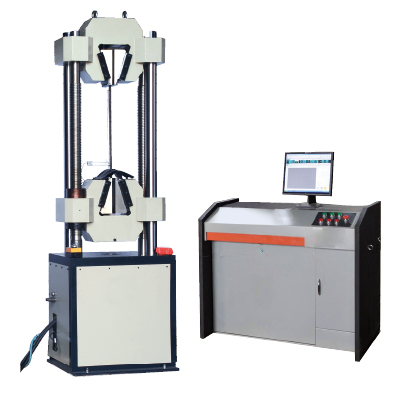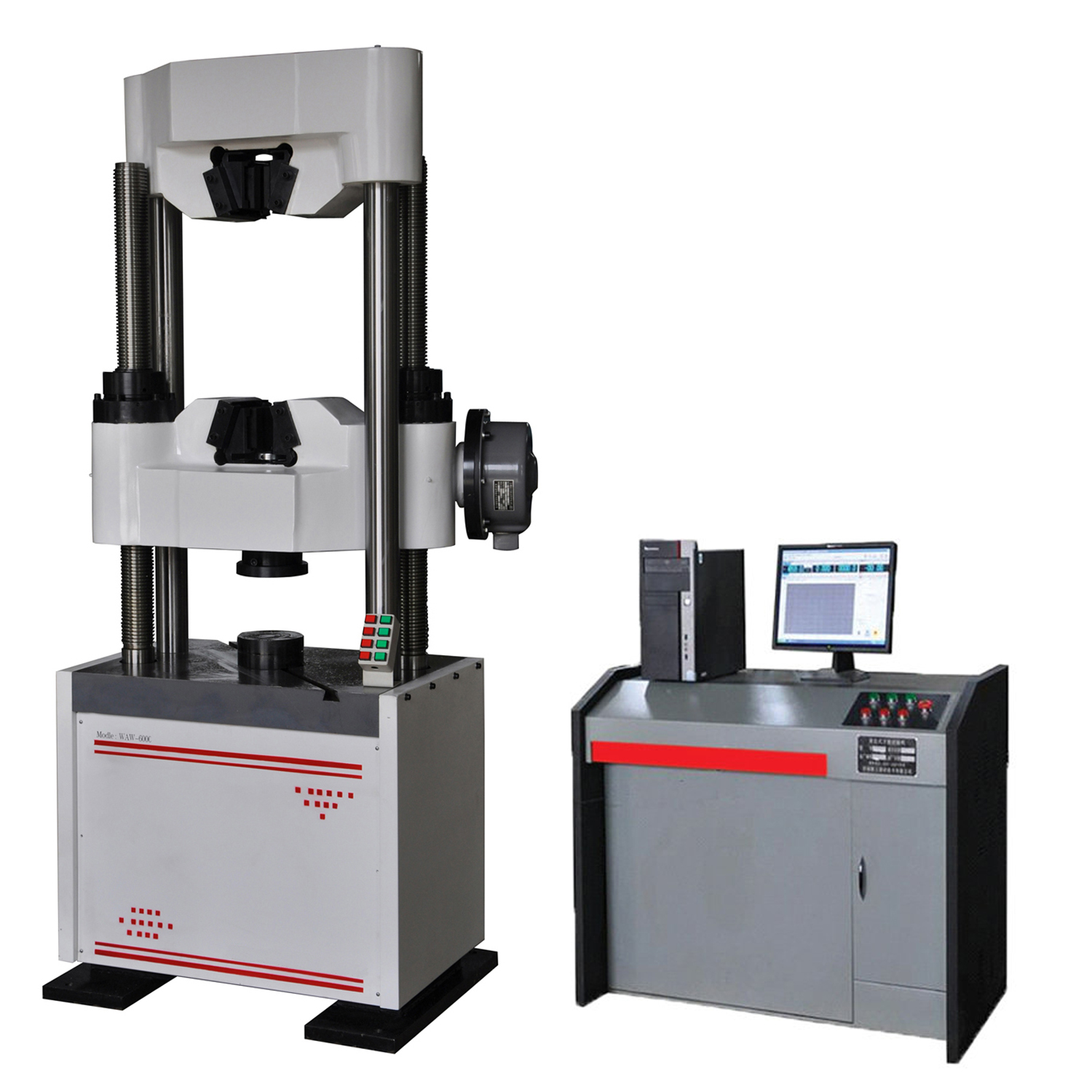ANSI Z359.18-2017 Standard:
ANSI Z359.18-2017 is the Safety Requirements for Anchorage Connectors for Active Fall Protection Systems. It now specifies new anchorage connector types, improved strength testing, and updated label requirements.
New Anchorage Connector Designations:
Type A: Designed for active fall protection systems (other than Type D or Type T).
Type T: Designed to support a suspended component/tie-back line or for active fall protection systems.
Type D: Designed to allow temporary or permanent deformation or movements when arresting a fall in order to absorb fall energy. Strength requirements of the anchorage to which it is attached are reduced as well. *Please note: These anchorage connectors are not always appropriate for work positioning, rescue, rope access and suspended component/tie-back because of their low serviceability load rating. Travel restraint may be acceptable based on the serviceability rating and deformation limits of the individual product. UnitedTest.com

Improved Strength Testing:
Static Strength Testing: Type A and T anchorage connectors must withstand a minimum static load of 5,000 lb. load. Type D anchorage connectors must be able to withstand a static load of 2,700 lbs. – 5,000 lbs. On all anchorage connector types, the separation between the gate and the body caused by the deformation must not exceed 1/8 inch (3mm).UnitedTest.com
Dynamic Strength Testing: Type A and T anchorage connectors can not allow 282 lbs. to impact the ground when dropped from a 3 ft. free fall. Type D anchorage connectors must also prevent 282 lbs. from the striking the ground but from a 6 ft. free fall. On all anchorage connector types, the separation between the gate and the body caused by the deformation must not exceed 1/8 inch (3mm).
Residual Strength Testing: Type A and T anchorage connectors must repeat the initial dynamic tests and maintain the test weight in suspension for at least 1 minute. Type D must do the same but with a reduced fall clearance of 3 ft. On all anchorage connector types, the separation between the gate and the body caused by the deformation must not exceed 1/8 inch (3mm).
Serviceability Load Testing: Although not required for Type A anchorage connectors, it is required for Type T. This ensures the strength will not fail during the worker’s daily force. Type T anchorage connectors must withstand the greater of twice the working load or 2,500 lbs. applied at up to 900 lbs. per minute for at least 3 minutes. Type D must have the greater of twice the working load or 450 lbs. applied gradually over at least 1 minute and maintained for at least 3 minutes. UnitedTest.com
Corrosion Testing: Type A and D anchorage connectors must not show any red rust or other signs of corrosion on any components containing iron after being exposed to a 24-hour salt spray. For Type T, no more than 5 percent corrosion can be visible after being exposed to a 500-hour salt spray.












